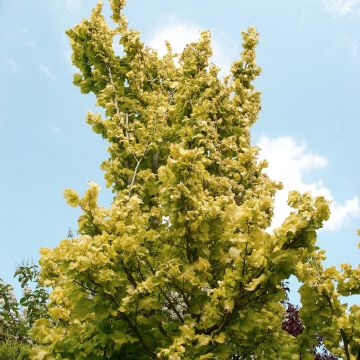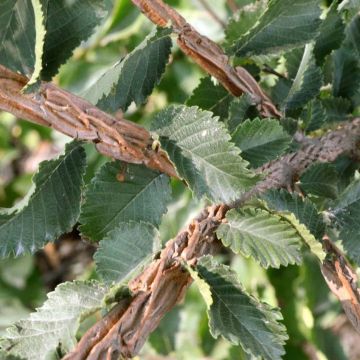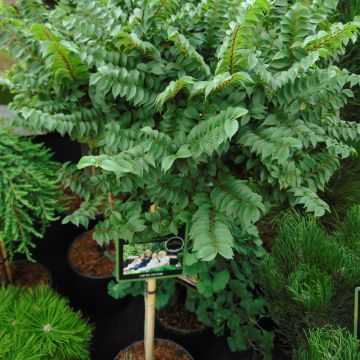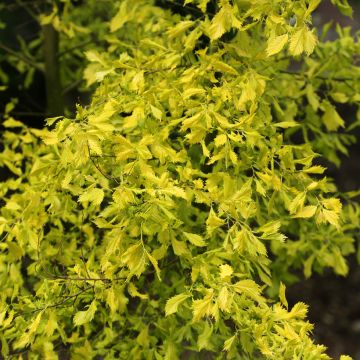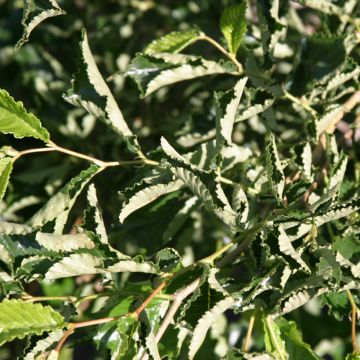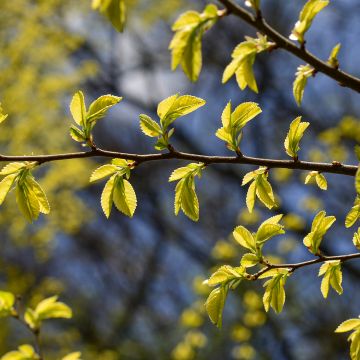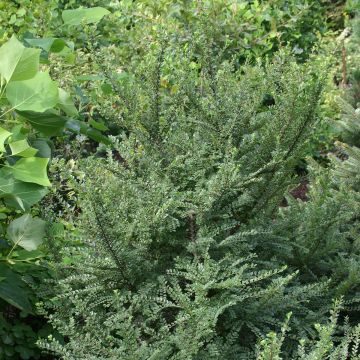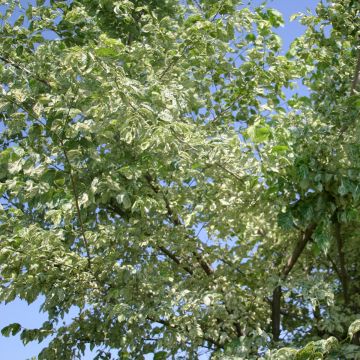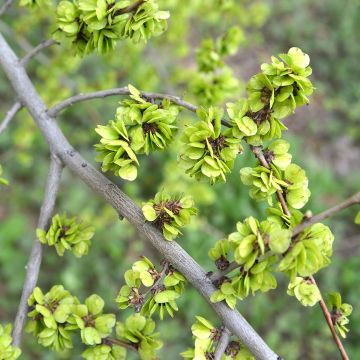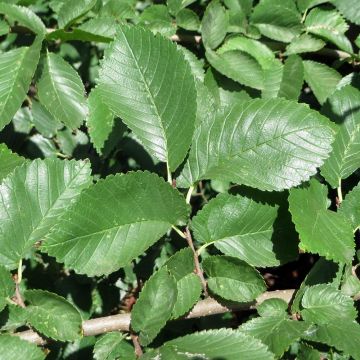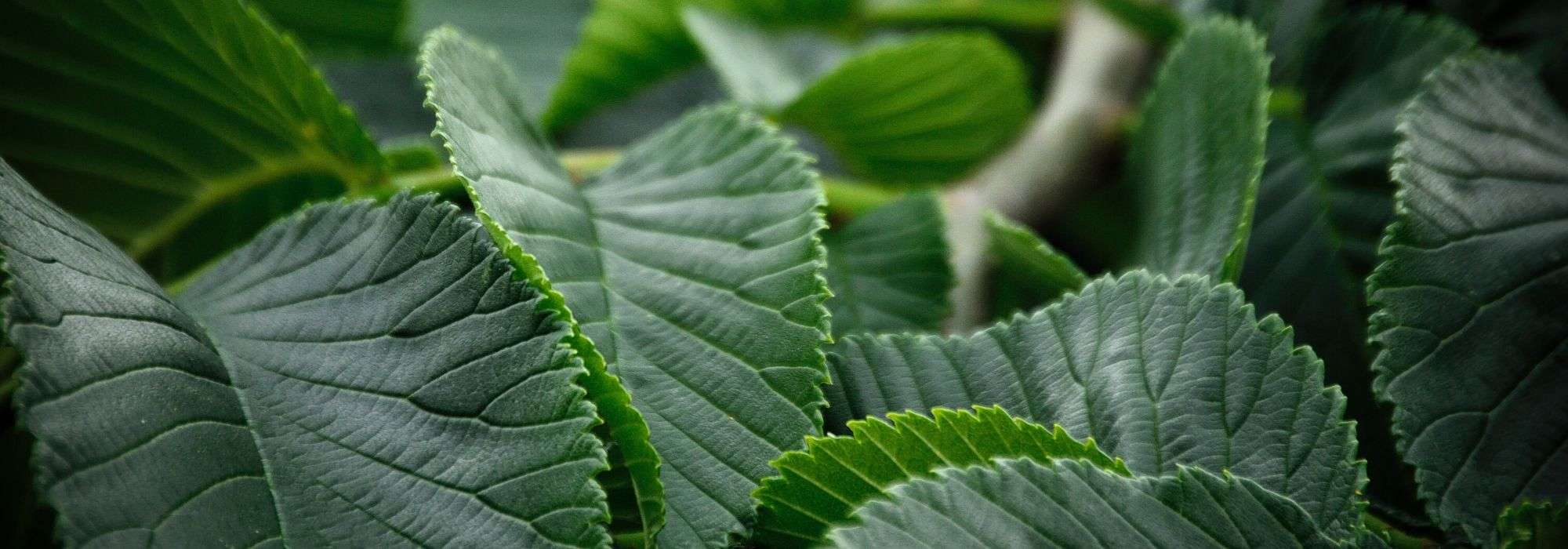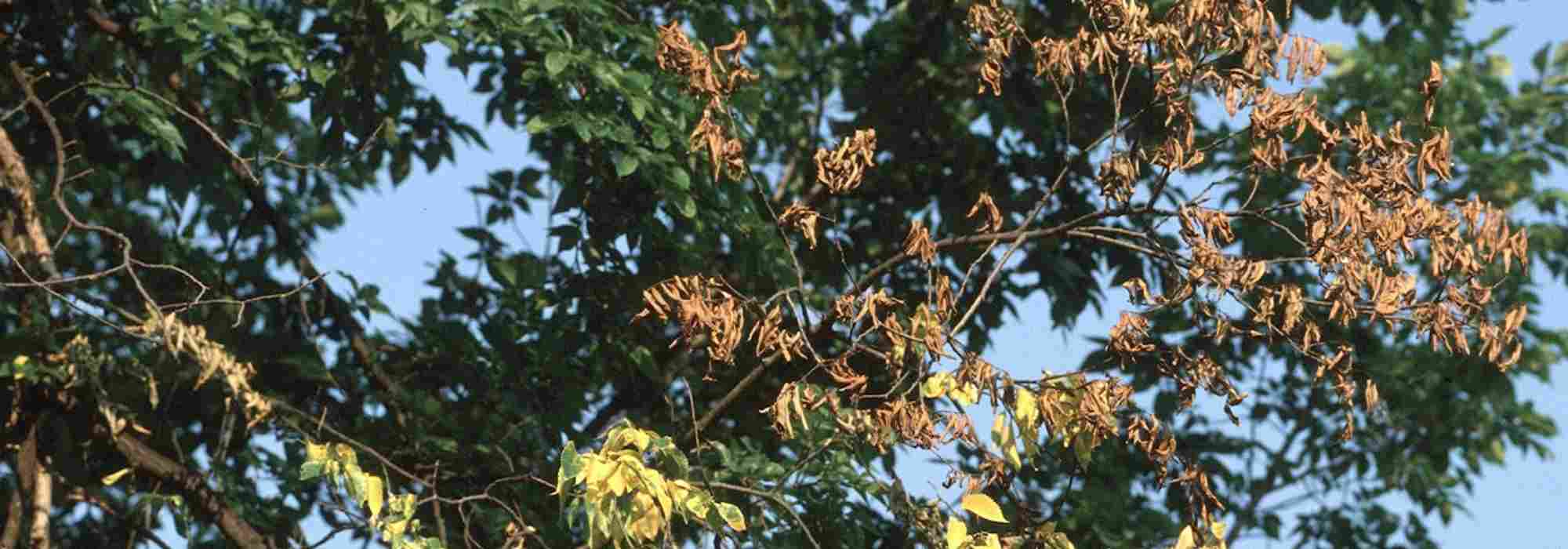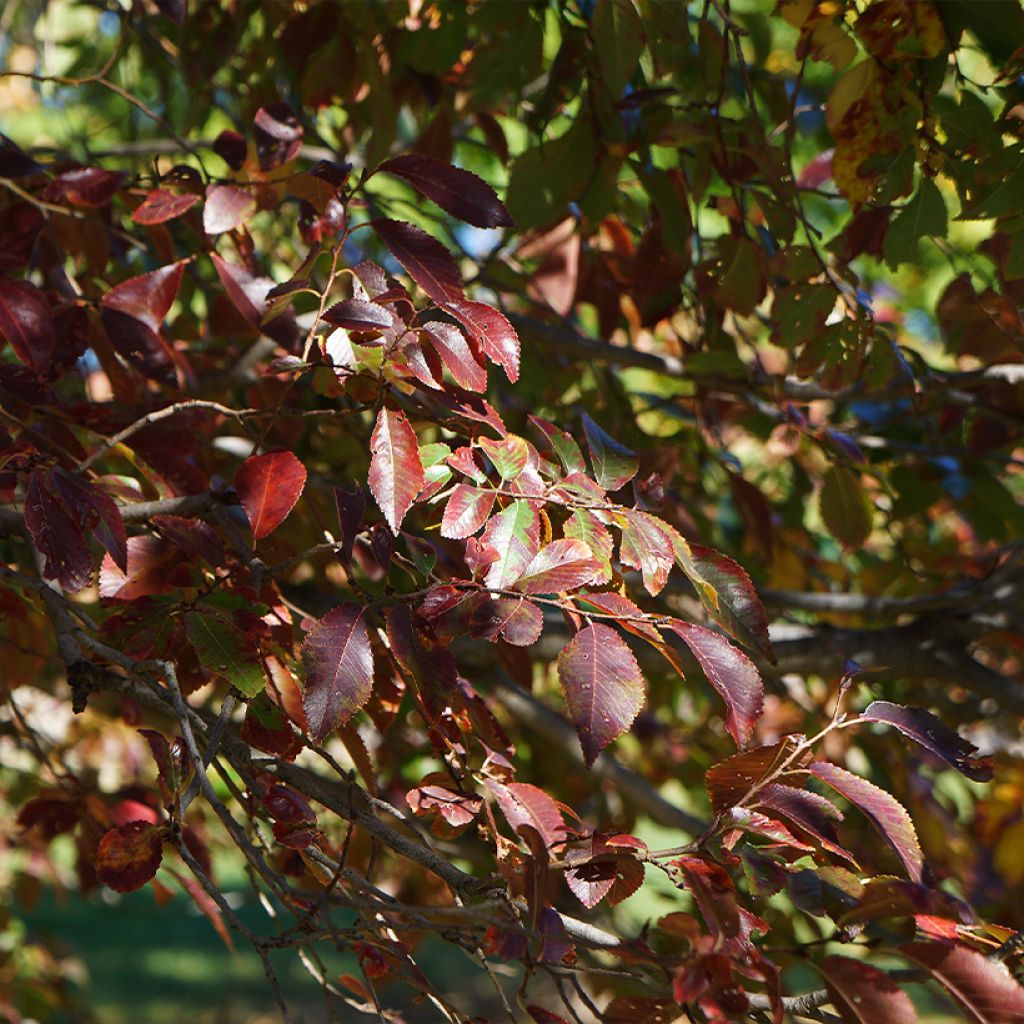

Ulmus parviflora Frontier - Elm
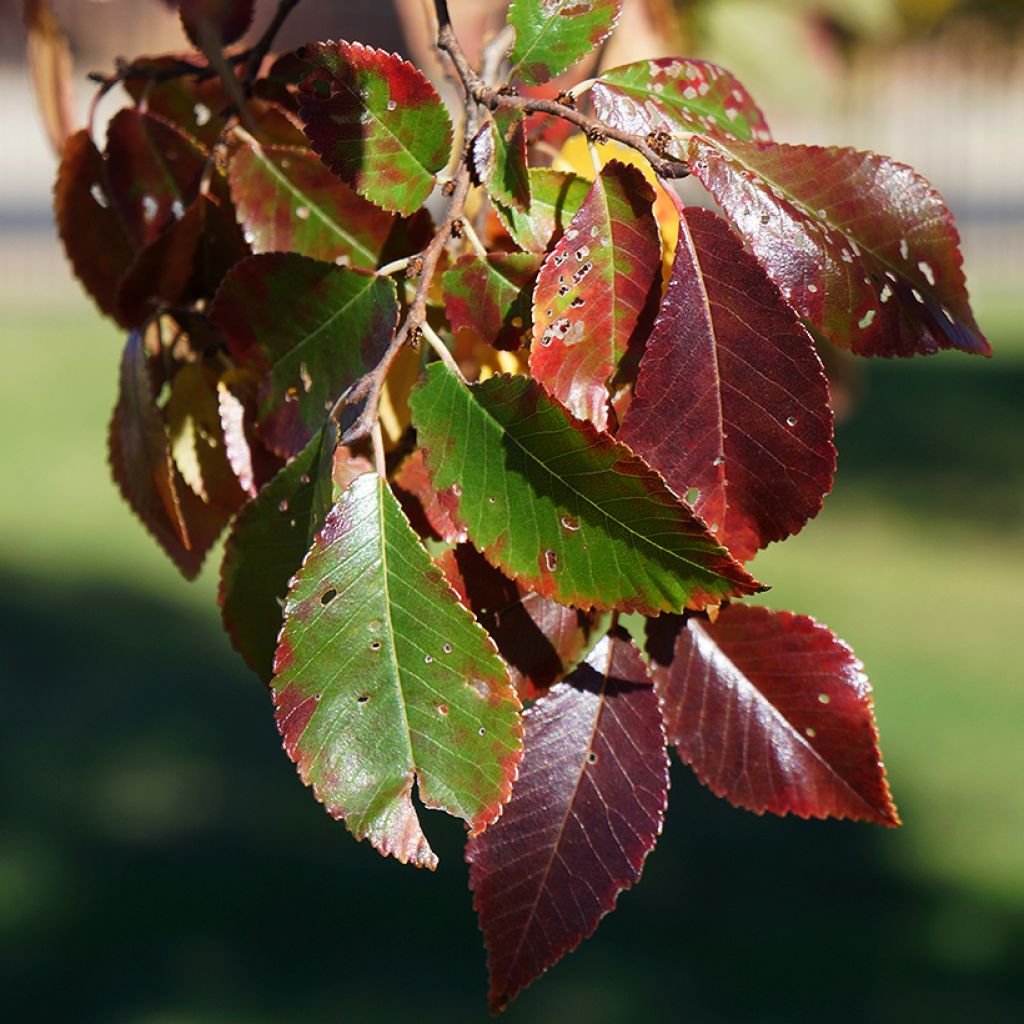

Ulmus parviflora Frontier - Elm
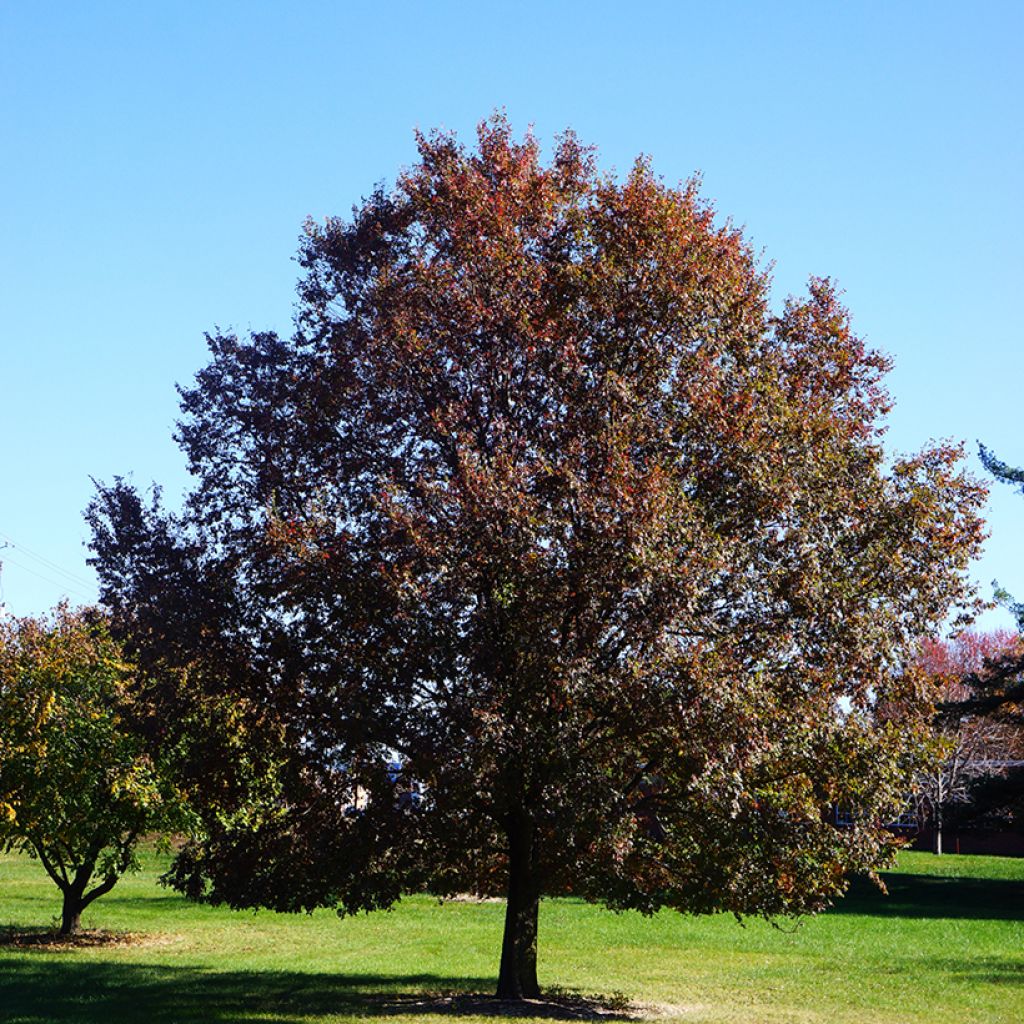

Ulmus parviflora Frontier - Elm
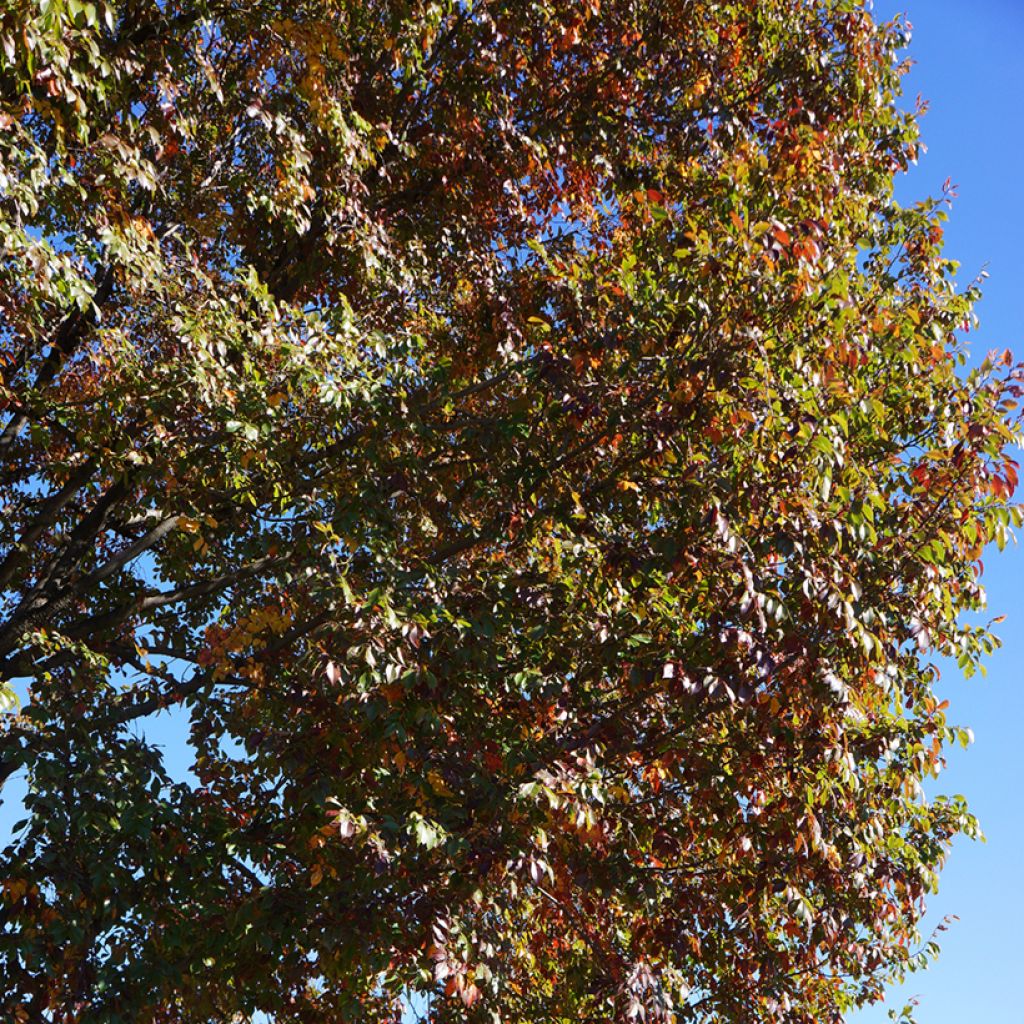

Ulmus parviflora Frontier - Elm
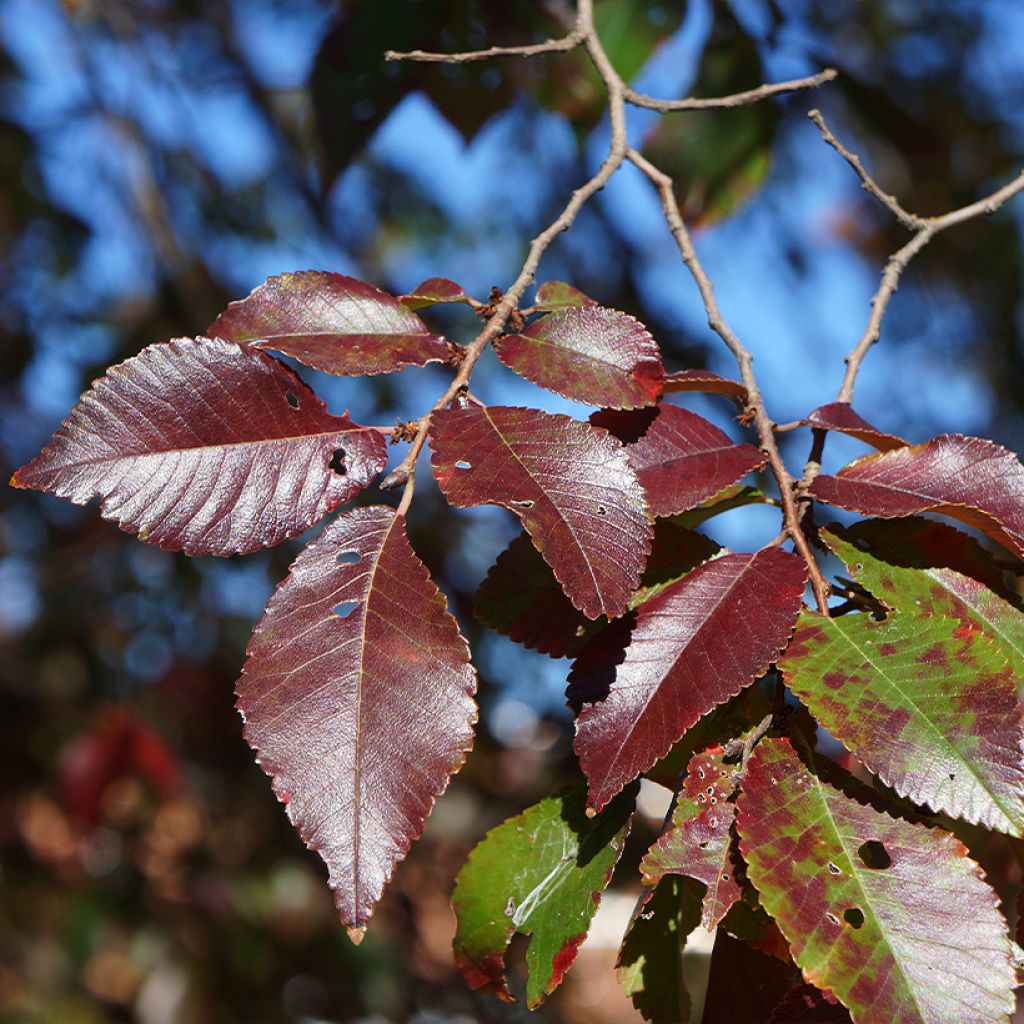

Ulmus parviflora Frontier - Elm
Ulmus parviflora Frontier - Elm
Ulmus parviflora x minor Frontier
Elm
Special offer!
Receive a €20 voucher for any order over €90 (excluding delivery costs, credit notes, and plastic-free options)!
1- Add your favorite plants to your cart.
2- Once you have reached €90, confirm your order (you can even choose the delivery date!).
3- As soon as your order is shipped, you will receive an email containing your voucher code, valid for 3 months (90 days).
Your voucher is unique and can only be used once, for any order with a minimum value of €20, excluding delivery costs.
Can be combined with other current offers, non-divisible and non-refundable.
Why not try an alternative variety in stock?
View all →This plant carries a 24 months recovery warranty
More information
We guarantee the quality of our plants for a full growing cycle, and will replace at our expense any plant that fails to recover under normal climatic and planting conditions.
Does this plant fit my garden?
Set up your Plantfit profile →
Description
Ulmus 'Frontier' is a hybrid elm that is not widely cultivated, but is interesting for its increased resistance to diseases (including Dutch elm disease), its beautiful burgundy-red autumn foliage, and its rather fast growth. It is a deciduous tree of medium size with a wide, airy, slightly irregular crown supported by a vertical central leader. This combination gives this cultivar a graceful appearance. Its foliage is a shiny dark green during the growing season, before changing colour in autumn and falling late in the season. It is a hardy and resistant elm that adapts to a wide range of climates and soils. Suitable for medium to large gardens, it will look good in a grove, in a natural setting.
Ulmus 'Frontier' is an American horticultural hybrid resulting from the cross-breeding of Ulmus minor and Ulmus parvifolia, from which it inherited its disease resistance. It was introduced by the United States National Arboretum and was commercialised in 1990. The 'Frontier' elm initially has a pyramidal and upright habit, which then widens to become almost oval at maturity. This tree, which grows rapidly in not too dry soil, will reach a height of about 12m (39ft) with a spread of 9m (29ft), depending on growing conditions. The bark that covers the trunk and branches is smooth and grey-green in colour. The deciduous foliage is quite small, entire, and a beautiful shiny dark green. Typically for elms, the lamina is asymmetrical at the base, at the petiole level. The leaves, measuring 6.5 to 11cm (3 to 4in) in length, are oval to ovoid-oblong in shape and have finely toothed edges. In spring, the small elliptical leaves emerge red, then turn a shiny dark green. The tree displays unique autumnal colours for an elm, ranging from scarlet red to purple-red before falling in November. This elm rarely flowers. When it does, it is in September or October, in the form of discreet clusters of greenish-white flowers. 'Frontier' adapts to all types of soil: from dry to wet and from acidic to calcareous, and it tolerates pollution. Additionally, the tree does not produce suckers.
The 'Frontier' Elm will delight gardeners who are looking for a resilient tree with magnificent autumn colours. It can be used in rows along a path, as a standalone tree on a lawn, or in a grove mixed with other species. Its rustic character pairs well with small maples (Acer campestre, A. monspessulanum, A. griseum), purple hazel, or the common hornbeam 'Purpurea'. In autumn, it blends in with the flamboyant colours of deciduous viburnums, winged euonymus, 'Orange Retz' hornbeam, and Persian ironwood, for example.
Ulmus parviflora Frontier - Elm in pictures
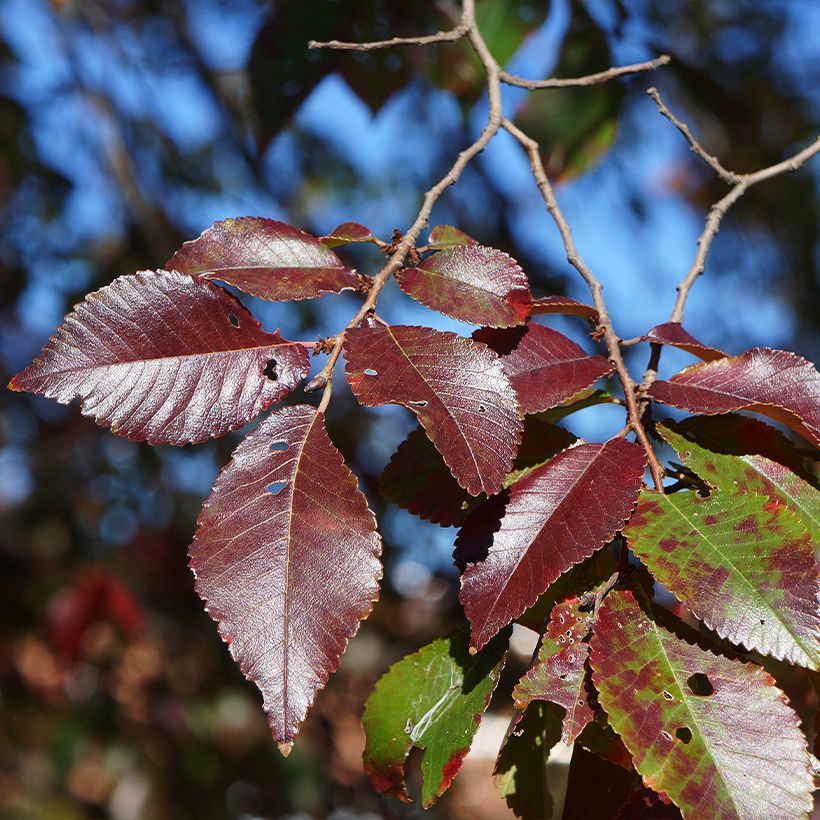

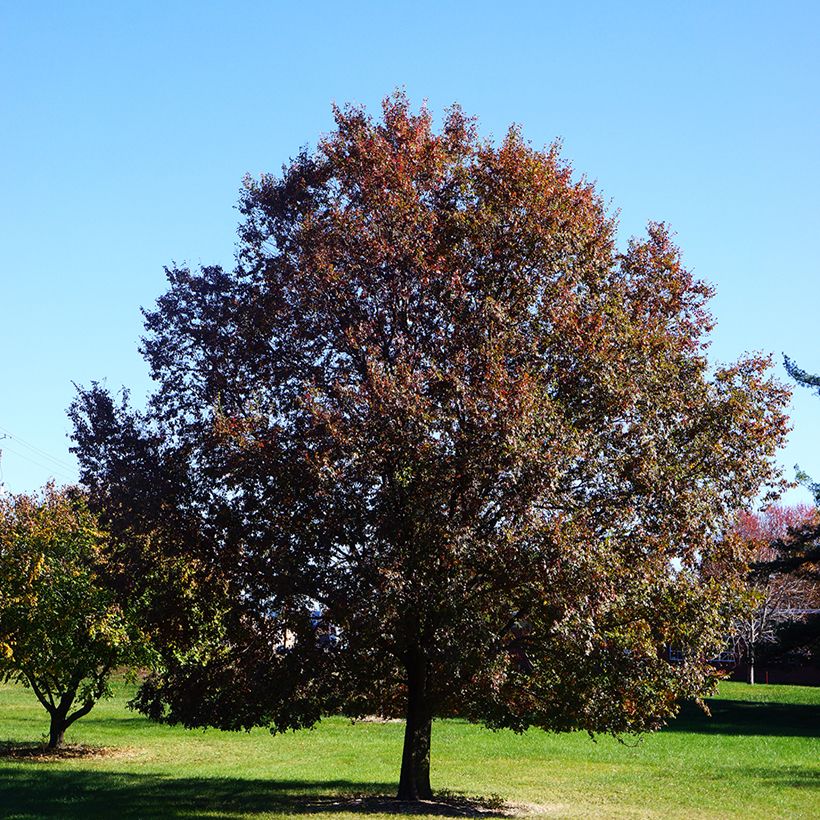

Plant habit
Flowering
Foliage
Botanical data
Ulmus
parviflora x minor
Frontier
Ulmaceae
Elm
Cultivar or hybrid
Other Ulmus - Elm
View all →Planting and care
Plant in autumn in ordinary, even heavy, acidic or limestone, moist to dry soil. While it grows faster in moist soil, it adapts perfectly to drier soils once well rooted. Install it in a sunny or semi-shaded position, sheltered from strong winds that could break its branches. Water and mulch in the first summers. Prune in winter to balance its branches. This variety is not very susceptible to elm diseases, particularly Dutch elm disease.
In the 70s, a Dutch elm disease epidemic greatly reduced the population of elms in Europe. Following this event, a monitoring program was implemented. The disease is a fungus (cryptogamic disease = disease caused by a fungus) that is transmitted by a beetle called the elm bark beetle. The first symptoms appear on a branch of the canopy and are characterised by wilting and curling of the leaves during the growing season. Generally, the beetles invade large specimens exceeding 2m (7ft) in height. Only biological solutions remain effective, such as pheromone traps or the introduction of beetle predators.
Planting period
Intended location
Care
Planting & care advice
This item has not been reviewed yet - be the first to leave a review about it.
Haven't found what you were looking for?
Hardiness is the lowest winter temperature a plant can endure without suffering serious damage or even dying. However, hardiness is affected by location (a sheltered area, such as a patio), protection (winter cover) and soil type (hardiness is improved by well-drained soil).

Photo Sharing Terms & Conditions
In order to encourage gardeners to interact and share their experiences, Promesse de fleurs offers various media enabling content to be uploaded onto its Site - in particular via the ‘Photo sharing’ module.
The User agrees to refrain from:
- Posting any content that is illegal, prejudicial, insulting, racist, inciteful to hatred, revisionist, contrary to public decency, that infringes on privacy or on the privacy rights of third parties, in particular the publicity rights of persons and goods, intellectual property rights, or the right to privacy.
- Submitting content on behalf of a third party;
- Impersonate the identity of a third party and/or publish any personal information about a third party;
In general, the User undertakes to refrain from any unethical behaviour.
All Content (in particular text, comments, files, images, photos, videos, creative works, etc.), which may be subject to property or intellectual property rights, image or other private rights, shall remain the property of the User, subject to the limited rights granted by the terms of the licence granted by Promesse de fleurs as stated below. Users are at liberty to publish or not to publish such Content on the Site, notably via the ‘Photo Sharing’ facility, and accept that this Content shall be made public and freely accessible, notably on the Internet.
Users further acknowledge, undertake to have ,and guarantee that they hold all necessary rights and permissions to publish such material on the Site, in particular with regard to the legislation in force pertaining to any privacy, property, intellectual property, image, or contractual rights, or rights of any other nature. By publishing such Content on the Site, Users acknowledge accepting full liability as publishers of the Content within the meaning of the law, and grant Promesse de fleurs, free of charge, an inclusive, worldwide licence for the said Content for the entire duration of its publication, including all reproduction, representation, up/downloading, displaying, performing, transmission, and storage rights.
Users also grant permission for their name to be linked to the Content and accept that this link may not always be made available.
By engaging in posting material, Users consent to their Content becoming automatically accessible on the Internet, in particular on other sites and/or blogs and/or web pages of the Promesse de fleurs site, including in particular social pages and the Promesse de fleurs catalogue.
Users may secure the removal of entrusted content free of charge by issuing a simple request via our contact form.
The flowering period indicated on our website applies to countries and regions located in USDA zone 8 (France, the United Kingdom, Ireland, the Netherlands, etc.)
It will vary according to where you live:
- In zones 9 to 10 (Italy, Spain, Greece, etc.), flowering will occur about 2 to 4 weeks earlier.
- In zones 6 to 7 (Germany, Poland, Slovenia, and lower mountainous regions), flowering will be delayed by 2 to 3 weeks.
- In zone 5 (Central Europe, Scandinavia), blooming will be delayed by 3 to 5 weeks.
In temperate climates, pruning of spring-flowering shrubs (forsythia, spireas, etc.) should be done just after flowering.
Pruning of summer-flowering shrubs (Indian Lilac, Perovskia, etc.) can be done in winter or spring.
In cold regions as well as with frost-sensitive plants, avoid pruning too early when severe frosts may still occur.
The planting period indicated on our website applies to countries and regions located in USDA zone 8 (France, United Kingdom, Ireland, Netherlands).
It will vary according to where you live:
- In Mediterranean zones (Marseille, Madrid, Milan, etc.), autumn and winter are the best planting periods.
- In continental zones (Strasbourg, Munich, Vienna, etc.), delay planting by 2 to 3 weeks in spring and bring it forward by 2 to 4 weeks in autumn.
- In mountainous regions (the Alps, Pyrenees, Carpathians, etc.), it is best to plant in late spring (May-June) or late summer (August-September).
The harvesting period indicated on our website applies to countries and regions in USDA zone 8 (France, England, Ireland, the Netherlands).
In colder areas (Scandinavia, Poland, Austria...) fruit and vegetable harvests are likely to be delayed by 3-4 weeks.
In warmer areas (Italy, Spain, Greece, etc.), harvesting will probably take place earlier, depending on weather conditions.
The sowing periods indicated on our website apply to countries and regions within USDA Zone 8 (France, UK, Ireland, Netherlands).
In colder areas (Scandinavia, Poland, Austria...), delay any outdoor sowing by 3-4 weeks, or sow under glass.
In warmer climes (Italy, Spain, Greece, etc.), bring outdoor sowing forward by a few weeks.






























